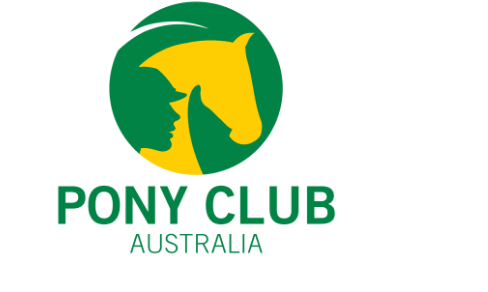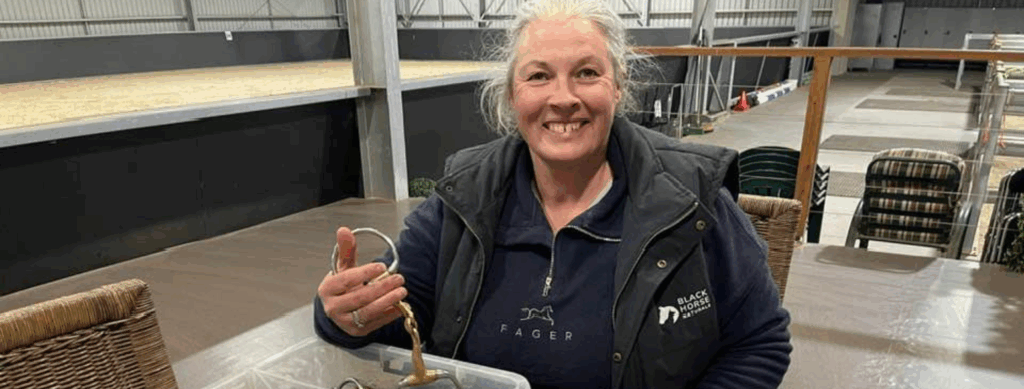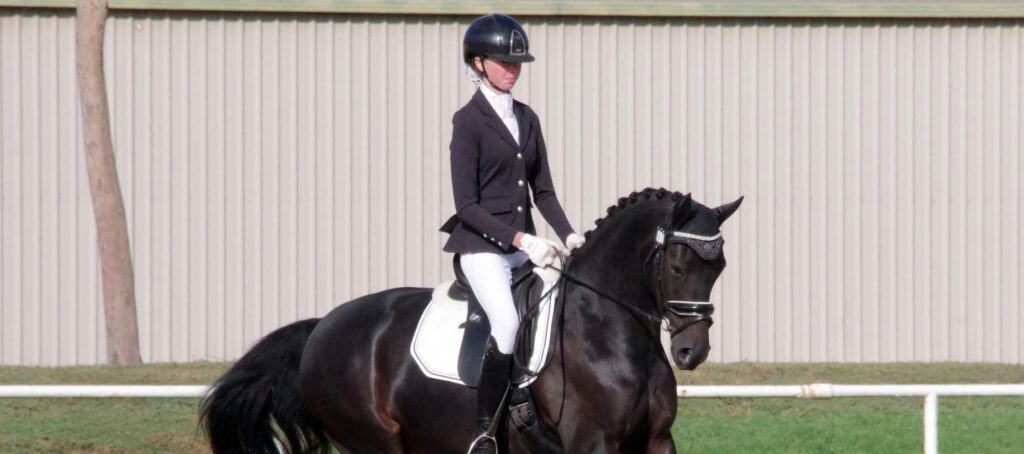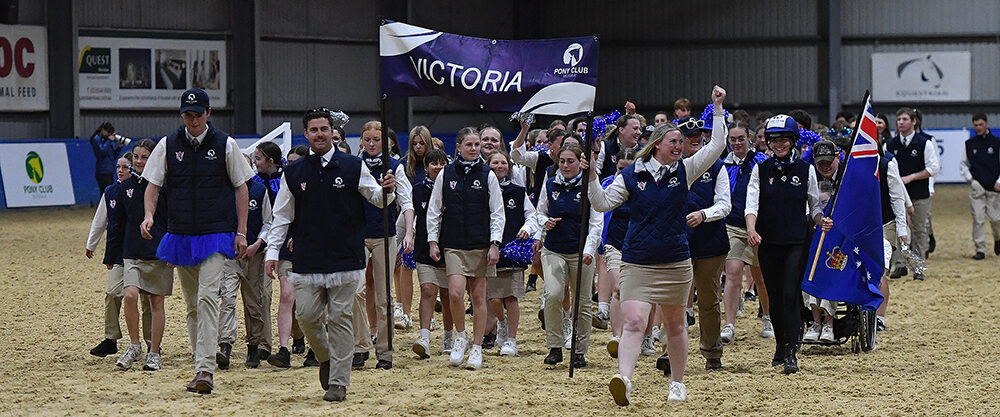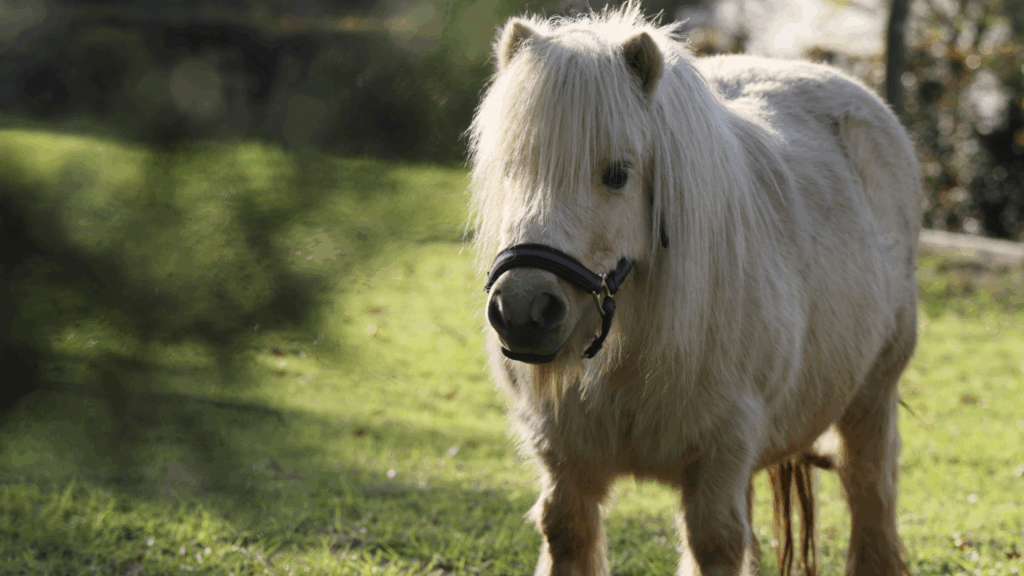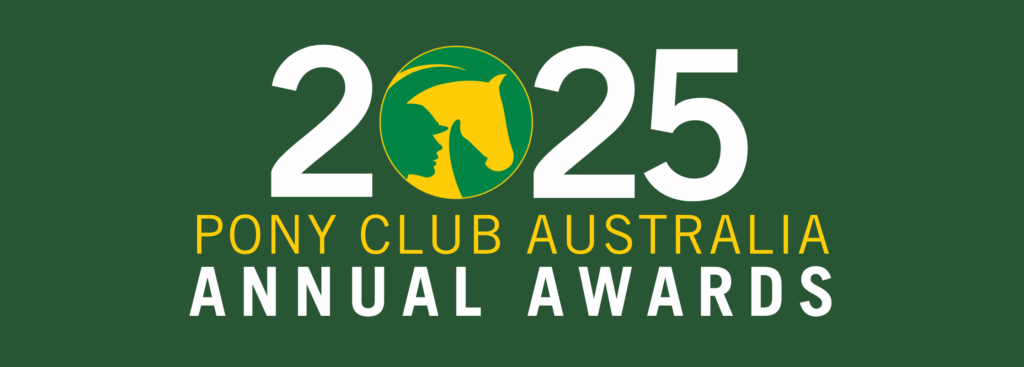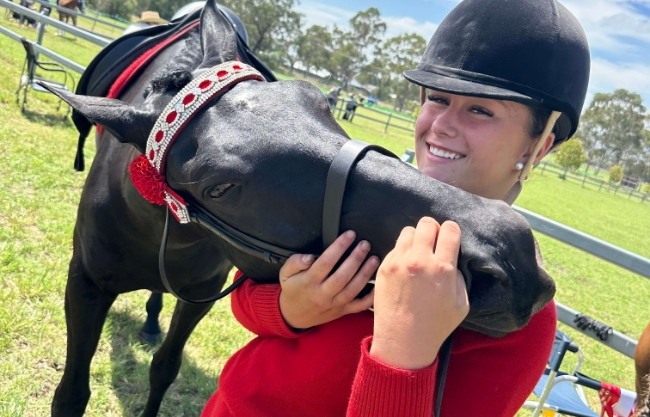Horses are deeply social animals. In the wild, they live in complex, cooperative groups — and those instincts haven’t disappeared just because our horses now live in paddocks and stables. Understanding and supporting your horse’s social needs is a key part of good horse management and an important welfare consideration.
Horses are hard-wired for connection
All members of the horse family are social. Domestic horses, just like their wild and feral relatives, are biologically programmed to seek out companionship. Isolation — especially in young horses — can lead to stress, restlessness, and underdeveloped social skills. Even a valuable performance horse raised in a stable still carries the instincts of a brumby.
Grooming, touch, and trust
Mutual grooming is more than a bonding behaviour — it can physiologically calm horses. The base of the wither is a common grooming spot and one that, when scratched, may reduce heart rate and blood pressure. When we groom our horses, we’re often meeting a need for connection, not just cleanliness. Oxytocin, the hormone associated with trust and relaxation, may play a role here — which is likely why physical therapies like massage or Bowen are often calming for horses.
What a herd really looks like
Forget the old idea of a strict pecking order. In a herd, leadership is fluid. One horse may lead when it comes to finding water, another may take charge in a different context. Horses form strong, lifelong bonds with some individuals and avoid others — they have social preferences, just like we do. When bonded horses are separated or group structures change too often (as can happen at agistment or in training centres), horses can experience chronic stress.
Group living isn’t always straightforward
While horses benefit from living in groups, domestic environments can sometimes make that difficult. Fences, small paddocks and limited resources can lead to frustration and aggression — especially if horses can’t move away from conflict. Careful paddock planning and ensuring enough space and feed access for all horses, including lower-ranking individuals, helps support a more natural and harmonious herd environment.
Movement and the need for space
Horses in the wild can cover 15–20 kilometres a day. Stables — while convenient for humans — restrict both movement and social interaction. Horses turned out after time in a stable often buck and gallop, not out of excitement, but because they’ve been physically restricted. This is known as post-inhibitory rebound — a release of behaviour that’s been suppressed.
Feeding and frustration
Horses are designed to graze for most of the day. In domestic settings, high-quality feeds and limited pasture time can leave them without enough roughage, which affects both health and behaviour. Horses that don’t have enough to chew may start gnawing on fences, chewing tails, or showing signs of ulcers. Constant access to low-protein, high-fibre roughage is the best prevention.
What you can do to support your horse’s social life
- Provide paddock companionship wherever possible — even visual contact is better than none.
- Allow horses to groom, touch, and interact — for stabled horses, this might mean modifying partitions.
- Feed roughage in multiple locations to reduce competition and allow more natural grazing behaviour.
- Introduce new herd members slowly and with care — relationships take time.
- Observe who your horse connects with. Social bonds are real, and they matter.
Horses don’t just want companionship — they need it. Supporting their social instincts helps reduce stress, prevent behavioural issues, and promote overall wellbeing. At Pony Club, we encourage members to understand not just how horses perform, but how they live and thrive.
Because every horse deserves a good social life.
This information is adapted from Pony Club Australia’s A Certificate Manual.

